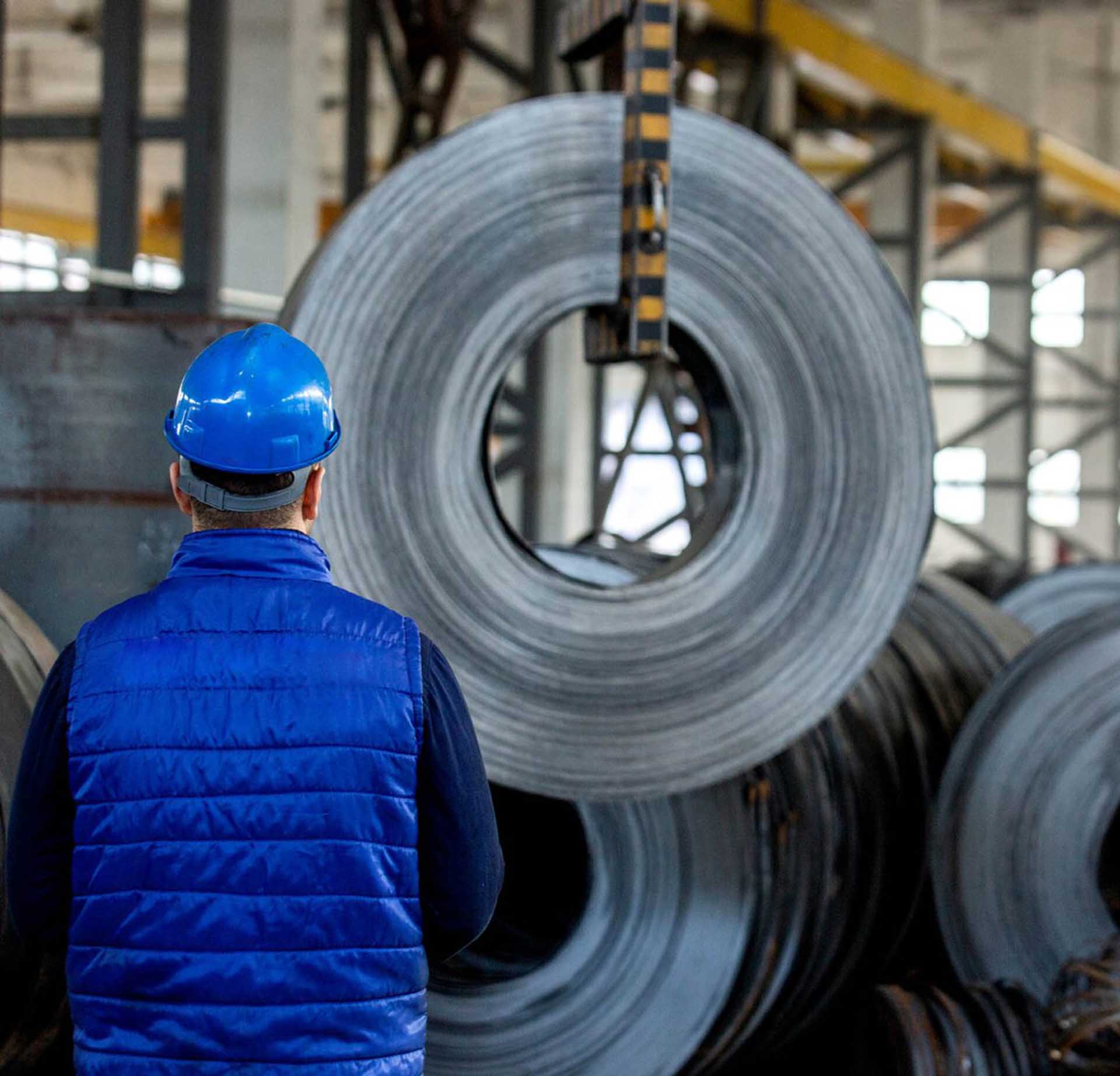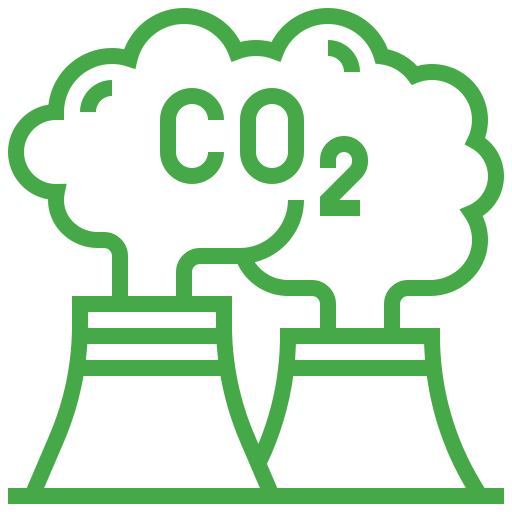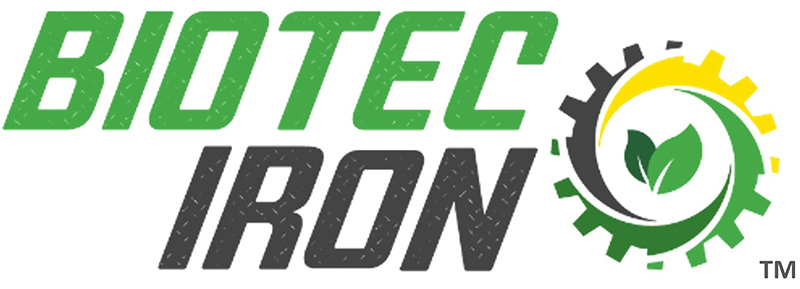On the Ground
ON THE GROUND SOLUTIONS
- Bring the various parties together by creating a model that addresses all their issues.
- Using agriculture, and natural resources, we can improve the lives of farmers and the communities that surround a resource, while safeguarding the investment, with long term returns for all parties.
Vertical integration of the mineral beneficiation process has positive spin offs:
- Subsistence farmers/communities can supply products at commercial scale. This generates revenue that will allow them to afford education, healthcare, and basic needs easier.
- Increased revenue stimulates investment into the rural area.
- Increased investment attracts greater business and results in better infrastructure, due to a greater demand for products and services.
- Improved infrastructure reduces the cost of living, or cost of doing business, which translates to a better livelihood-money can be spent on family or home, rather than repairs to vehicles undercarriage or components that are damaged due to poor infrastructure. Improved infrastructure creates certainty, compared with poor infrastructure that creates uncertainty (Delivery of goods, and timeframes).
- Jobs are created, which in turn provides options where people can pursue skills and jobs that they are better suited to, rather than remaining in the profession that they are forced to-a brighter future creates hope, peace and stability.


VERTICAL INTEGRATION
Biotec will use waste materials wherever possible to create energy products, that will:
- Reduce carbon emissions.
- Increase demand from agricultural production, rather than fossil fuel industries.
- Improve the livelihoods of rural communities.
Biotec will utilize waste products from the steel industry, to manufacture a green pig iron, which will:
- Reduce the cost of production.
- Improve on profitability(30% better returns to investors).
- Reduce layoffs of staff by remaining profitable.
- Reduce uncertainty in rural communities or industries that employ many people.
- Significantly reducing CO2 emissions through the use of Bio-Energy rather than Metallurgical coal.
- Significantly increasing the value of material at source, thereby increasing the fiscal revenue 8-10x.
- This results in higher paying jobs, skills development, increased revenue to governments and stimulates support services, which have the same positive effect on all surrounding communities.
- As an example, a 300ktpa pig iron plant generates the same fiscal revenue as a mine that produces 1,5Mtpa of iron ore. A countries natural resources will last 5 x longer.
BIOTEC PERMITS DEVELOPMENT WITH ENVIROMENTAL PRESERVATION:
Poor or under-developed nations are better off dedicating resources to the:

Generation of jobs

Preserving their natural resources

Value Adding to their natural resources

Increasing fiscal revenue

Promoting agriculture

Improving transport and energy infrastructure before considering renewable energy if technology is made available to achieve the above 5 goals with less capital

Biotec Iron creates a circular economy, creates wealth, creates hope, and provides CO2 benefits to developed nations and clients
COMPARATIVE – BIOTEC TECHNOLOGY VS SOLAR ENERGY
COMPARING THE NUMBERS: COST OF CO₂ REDUCTION
Industries that contribute the most CO₂ emissions are:
- Energy generation
- Iron and Steel
- Cement
Significant transformation is occurring within the Energy generation industries. Coal fired power stations are being converted to Natural Gas generators and incentives exist to convert to renewable energy. Global investments into energy transition totaled $1Tn in 2022, with $495Bn going towards the renewable energy sector alone.(Renewable energy investments worldwide- statistics & facts | Statista).
Biotec Iron™ and Biotec Pellets™ has developed technology, using biofuels in an integrated system significantly reducing CO₂ emissions, surpassing all goals recognized or demanded by the Paris Climate Accord, International Energy Agency, National Climate Task Force or COP 28. Biotec predominantly uses waste materials to generate solutions of value.
Financing an Emissions reduction project still relies on reasonable returns. Mankind is under pressure to adopt responsible ESG and CSG goals. People are most familiar with Solar projects, and so, we have decided to use it as a benchmark.
300ktpa BIOTEC™ plant vs 530MW SOLAR (installed in Oklahoma-USA) vs 200MW Combined Cycle Gas Fired Power Plant:
The spreadsheet below compares Biotec™ with Solar, but Biotec’s integrated strategy encompasses energy, iron and steel, as well as cement.
While the solar industry creates more jobs in industrial and developed zones, using skilled labor, Biotec™ creates more high paying jobs in rural and underdeveloped areas. The integrated strategy of Biotec™ uplifts rural communities and provides far greater IRR’s (5 X compared with Solar per t/CO₂ reduced) to investors while significantly reducing CO₂ emissions.
COMPARISONS ON THE COST OF CO₂ REDUCTIONS-BIOTEC™ VS UTILITY SCALE Photovaltaic SOLAR INSTALLATIONS
| Type of Facility | Production Capacity | kgCO₂Eq/MWh (Compared with traditional route) | Total MWh/Yr * | TonnesCO₂Eq/yr | Total Capex required to construct (U$ Mn) | Capex Cost Increase above baseline (U$ Mn) | Total tonnesCO₂Eq reduced | Cost/tonneCO₂Eq reduction | CO₂ CAPEX IRR ** | |||||||||
|---|---|---|---|---|---|---|---|---|---|---|---|---|---|---|---|---|---|---|
| 200MW CC Natural Gas Power Plant | 200MW | 486 | 829,449 | 403,112 | 403,112 | 403,112 | Baseline | Baseline | Baseline | |||||||||
| 530 MW Solar System | 530MW | 43 | 829,449 | 35,666 | $ 440 | $ 440 | 367,446 | $ 763.92 | 9% | |||||||||
| KgCO₂Eq/thm (Compared with traditional route) | ||||||||||||||||||
| Biotec Iron plant Ph 1 | 150kthm | 450 | 67,500 | $ 67.5 | $ 67.5 | 232,500 | $ 290.32 | 25% | ||||||||||
| Biotec Iron plant Ph 6 | 300kthm | 0 | $ 247 | $ 87.7 | 600,000 | $ 146.17 | 49% | |||||||||||
* Capex cost to construct a 200MW Utility scale photovoltaic facility – $800/MW (baseline)
** CO₂Price/T $ 71,38


